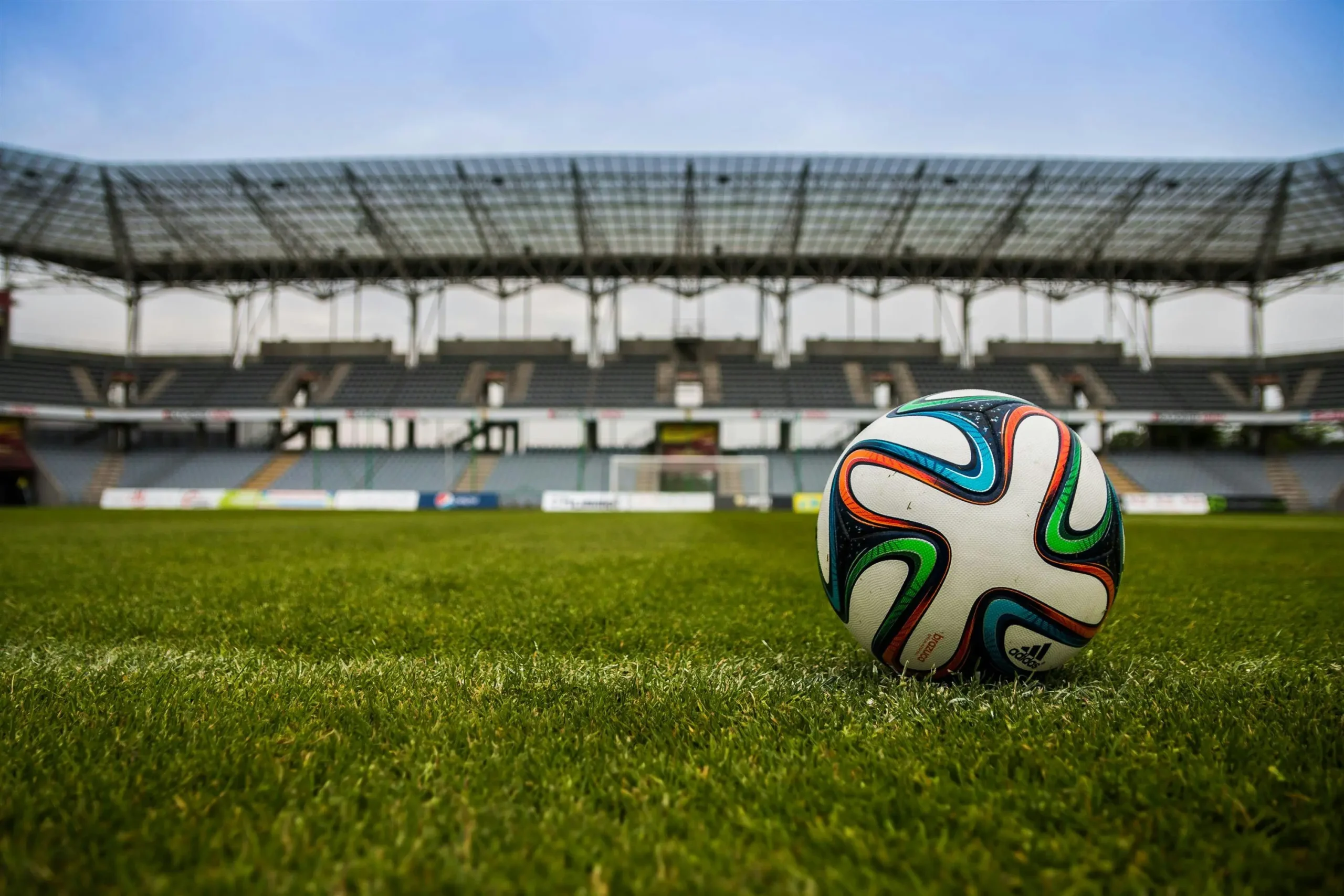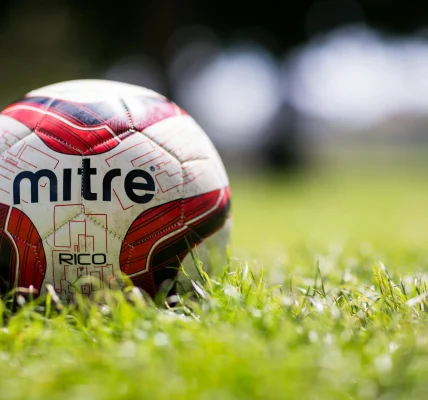Two apparently distinct worlds—fashion and football—have lately grown rather closely linked. Originally just well-known for their on-field performance, football players are today powerful fashion industry stars who shape global trends and redefine what it means to be a modern athlete. This paper addresses the components of this trend, how football players are influencing fashion, and how this might impact both industries.
The Football Player Emulating an Emerging Fashion Forward Approach
Football and fashion have a long-standing association, but in the twenty-first century their appeal is almost rare. Once admired for their athletic prowess, football players’ off-field behavior was sometimes overlooked. But football players are now considered fashion stars since sports began to collide with fashion.
David Beckham is most known displaying this transformation. Along with his football prowess, Beckham developed an international flair over his career that delighted fans. With his large collection of casual streetwear to fitting suits and readiness to try many hairstyles and accessories, he set trends. Beyond football, Beckham’s influence inspired males all around to consider their personal style more carefully.
Like Beckham, younger generations of football players have emerged combining their passion of design with their image as top athletes. Apart from their on-field skills, superstars such as Cristiano Ronaldo, Neymar, and Paul Pogba are well-known for their hip choices. These designers routinely collaborate with respected fashion houses, feature on magazine covers, and launch their own clothing lines, therefore attesting to their importance as style leaders.
Football Stars Driving Fashion Trends
The rise of social media has enhanced the influence on style of football players. Platforms like Instagram, Twitter, and TikHub let players highlight their unique style and direct avenues for them to communicate personally with millions of followers. One post with a new clothing or item can start global trends as followers try to replicate their preferred stars.
Among over 500 million Instagram followers, Cristiano Ronaldo is among especially well-known. Whether Ronaldo is wearing a bespoke suit or casual athleisure, his posts usually get millions of likes and comments. He is a big player in the fashion business largely because of his endorsement relationships with businesses like Nike and CR7 (his own clothes line), which regularly create news.
Similarly, Neymar has developed into a fashion sensation unique in his bold and diversified approach. Apart from his frequent presence at fashion events, his trendsetting expertise has been verified by his collaborations with firms like Puma and Replay Jeans. Neymar’s enthusiasm for experimenting with vivid colors, patterns, and streetwear will appeal to younger fans and fashionistas both.
Influence of Luxury Brands and Streetwear
Football and fashion also overlap pretty plainly in the evolving link between players from luxury labels and streetwear. Nowadays, many football players have streetwear, which stands out for its laid-back, urban look as the mainstay in their outfit. Athletes that value the blend of comfort and style streetwear have naturally aligned with companies like Fear of God, Supreme, and Off-White.
Streetwear has welcomed athletes like Marcus Rashford and Kylian Mbappé, who often rock graphic tees, baggy hoodies, and statement sneakers. This tendency will appeal to younger viewers of these sportsmen who see them as cultural icons reflecting their own beliefs and aesthetic preferences—that transcends mere athletics.
On the other hand, luxury businesses have also noticed the marketing opportunities that sportsmen offer. High-end fashion companies like Louis Vuitton, Gucci, and Balmain have entered the football world by asking players to special events or by including them into their ads. These alliances let companies appeal to a bigger audience and give players credibility and visibility in the fashion sector as well.
For instance, Paul Pogba is well-known for his attendance at fashion events and has worked with businesses like Adidas and Balmain. He is a sought-after model in the fashion industry because of his unique sense of style—that which combines streetwear with high fashion. Pogba’s perfect transformation from the ground to the runway emphasizes the current football player’s speed and influence.
Player Branding in Fashion’s Context
In the football environment of today, personal branding is more important than ever and a player’s outfit substantially influences their brand identification. A football player’s presentation reveals aspects of their cultural background, values, and personality, therefore forming a distinctive and recognizable image.
Fashion enables athletes express something more than just their on-field prowess. From his stage, Héctor Bellerín—known for his eco-friendly clothes choices—advotes sustainability in the fashion industry. Bellerín’s commitment to ethical fashion not only distinguishes him from his peers but also attracts business partnerships supporting his values.
Through their clothes, athletes like Raheem Sterling and Pierre-Emerick Aubameyang also highlight their ethnic pride and lineage. Including elements of their backgrounds into their approach helps these athletes create a community and representation that resonates to fans on a deeper level.
Fashion also provides many football players with means to ensure financial stability when their playing careers end. Strong personal brands and close ties with fashion and lifestyle companies enable athletes to secure large endorsement contracts and maybe launch their own companies. Long after their professional football careers are over, this foresight guarantees them financial success and importance.
Fashion as Agent of Social Change
Apart from enhancing personal branding, fashion has become a powerful tool for football players to engage in political and social debate. From racial equality to environmental sustainability, players are more and more expressing ideas about issues they find significant by choosing their clothes.
Using his fashion contacts, Marcus Rashford, for example, has raised awareness of food insecurity and child poverty in the United Kingdom. Working on projects aligned with his humanitarian endeavors, Rashford has demonstrated how fashion may motivate positive social change.
Another example is Megan Rapinoe, a football player well-known for her advocacy and her fashion choices. Rapinoe’s approach reflects her individuality and offers space to advance gender equality and LGBTQ+ rights. Her collaborations with fashion brands regularly encourage diversity and inclusiveness, therefore sending a powerful statement about the part sportsmen help to define cultural norms.
In conclusion, the confluence of fashion and football reveals how sportsmen are redefining their roles in modern life. Football players are cultural icons whose influence extends significantly beyond the field into fashion, media, and other spheres; they are not merely athletes. Accepting their roles as fashionistas, David Beckham, Cristiano Ronaldo, and Paul Pogba are reinventing what it means to be a football player in the twenty-first century.
Fashion and football should expect much more cooperation since this link is becoming stronger. This combination of sports and fashion not only attracts a different audience but also provides businesses with unique opportunity to creatively engage with supporters. Football players finally reflect their greater impact on popular culture, which guarantees their continuous effect on the fashion industry for years to come and shapes world fashion trends.


